Musical Messengers of the Grasslands and Plateaus - Exploring the Difference between the Morin Khuur and Yatoga
The Morin Khuur and Yatoga are two unique instruments in Chinese folk music, originating from the Mongolian people in northern China and the Tibetan people in the southwest respectively. With their distinctive tones and playing techniques, these two instruments have become essential parts of their respective cultures. While both belong to stringed instruments, they differ significantly in design, musical style, and cultural significance. This article will explore the main differences between the Morin Khuur and Yatoga. First, let's understand the backgrounds of the Morin Khuur and Yatoga. The Morin Khuur, a traditional instrument of the Mongolian people, is named for its decorative horsehead shape at the top of the neck. The Yatoga, a stringed instrument of the Tibetan people, is renowned for its profound tone and unique playing techniques. Now, what are the differences between the Morin Khuur and Yatoga? Specifically:

1. Design Structure: The Morin Khuur is typically made of wood, with a long neck and a smaller resonance box. It usually has two or four strings. The Yatoga, on the other hand, is made of wood or bamboo, resembling a western harp in shape but with a larger resonance box. It typically has 13 or more strings.
2. Musical Style: The musical style of the Morin Khuur is often melodious and impassioned, able to mimic the sounds of animals and nature on the grasslands. It plays a significant role in Mongolian music and dance. The Yatoga's music is more profound and solemn, often used in religious ceremonies, festivals, and accompanying Tibetan songs and dances.
3. Playing Techniques: Players of the Morin Khuur typically sit or stand, using a bow to play the strings. The Yatoga, however, is played by the player plucking the strings with their fingertips or nails.
In summary, although both the Morin Khuur and Yatoga are stringed instruments, they differ significantly in design structure, musical style, and playing techniques. These differences reflect the diversity and richness of their respective cultures, while also showcasing the unique charm of Chinese folk music. By comparing the Morin Khuur and Yatoga, we can gain a deeper understanding of how these instruments play unique roles in the cultural traditions of different ethnic groups in China.
Disclaimer: The above content is sourced from the internet and the copyright belongs to the original author. If there is any infringement of your original copyright, please inform us and we will delete the relevant content as soon as possible.
Guess you like it

What books did Li Shutong write? What is the most worth reading?
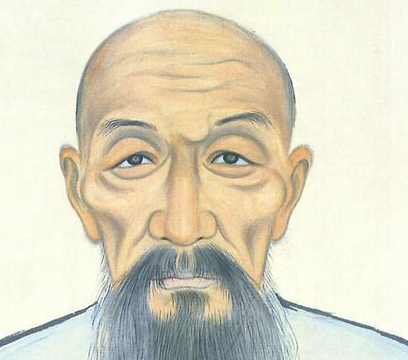
Zeng Guofans Self-Cultivation: The Transformation from Lustful to Self-Disciplined

Who is Hurhan? A brief introduction to Hurhans life.

What are the life wisdom quotes of Master Hongyi? What do they mean?

Analyzing the trust relationship between Zhong Hui and Jiang Wei
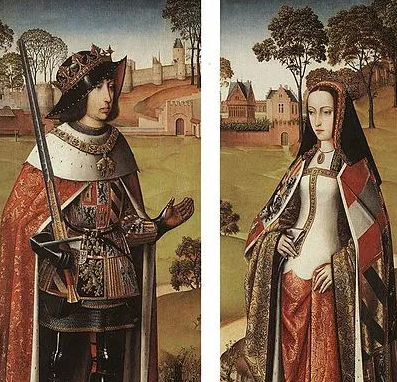
How was the relationship between Isabel I and Fernando? What was their affection like?

Exploring the territorial affiliation of Heilongjiang during the Spring and Autumn Period and the Warring States Period
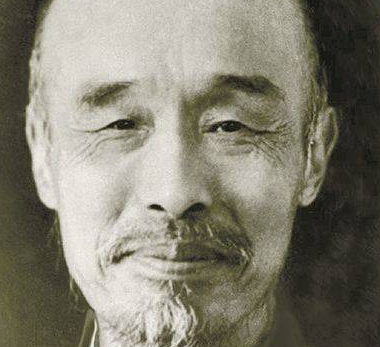
What does "I saw you in the crowd" mean in terms of fate? And how is it related to Master Hongyi?
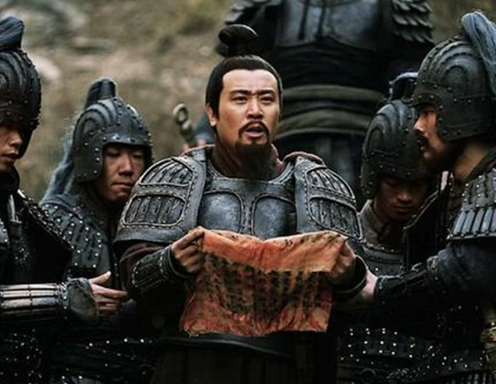
Unraveling the Truth of the Yiling Battle in History: Did Liu Bei Reluctantly Exclude Zhuge Liang?
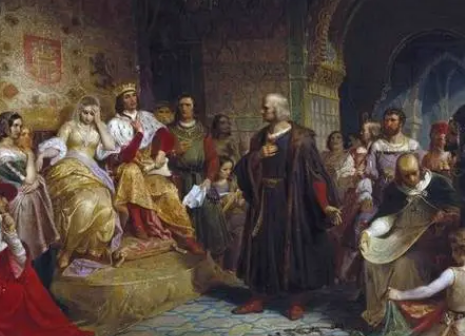
How did Isabella I and Ferdinand meet? What was their relationship like?









